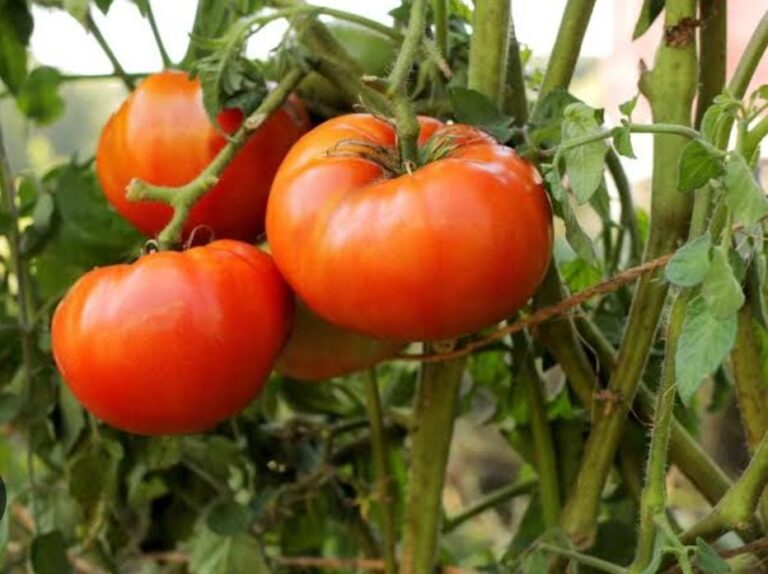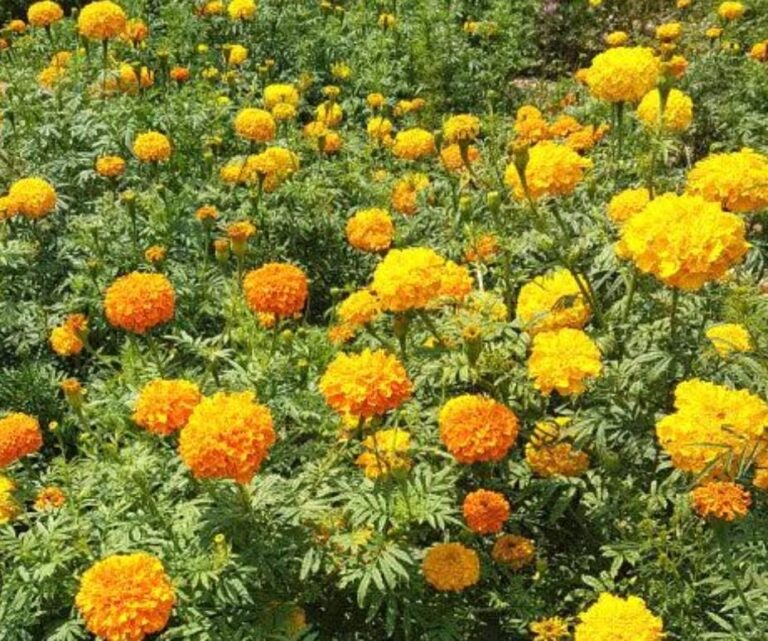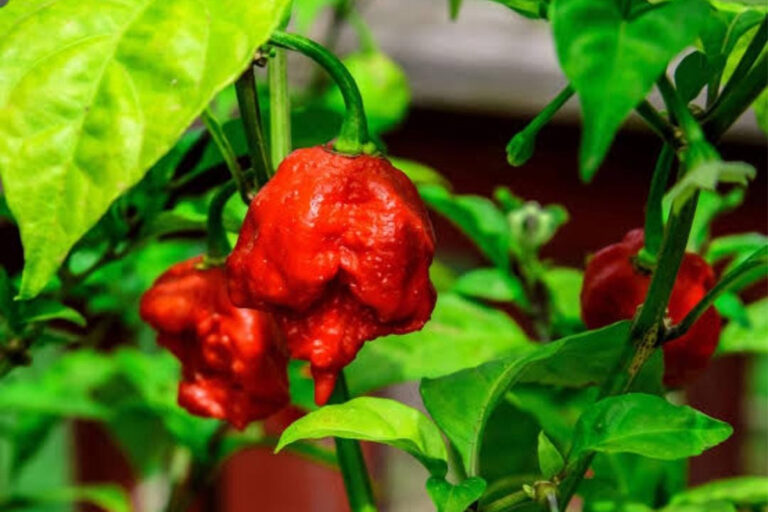6 Exclusive Winter Plants in Sandy Soil
Introduction
Gardeners face a significant hurdle while cultivating winter plants in sandy soil throughout the winter. Sandy soil characterized by big particles, low water retention, and inadequate nutrients, presents considerable challenges, particularly during cold months. However, with the right plants and proper care, sandy soil may be transformed into a thriving ecosystem even in the winter. This article will look at the best winter plants for sandy soil, highlighting their particular adaptations and providing concrete recommendations to help you transform your garden into a cold-season haven.
The Science of Sandy Soil: Challenges and Opportunities
Sandy soil contains approximately 85% sand-sized mineral particles. Its gritty texture allows water to quickly drain, rendering it susceptible to dehydration and nutrient leaching. The situation worsens in the winter due to decreased microbial activity and limited availability of organic matter, further compromising soil fertility. Nonetheless, sandy soil has an advantage: it heats up faster in late winter and early spring, offering an ideal habitat for certain plants to grow roots and thrive.
Understanding the chemical and physical features of sandy soil is critical. For instance:
- Sandy soil has low Cation Exchange Capacity (CEC): making it difficult to retain essential nutrients like potassium and magnesium.
- Poor water holding capacity: It also has poor water holding capacity, requiring plants to be drought-tolerant or able to withstand irregular moisture levels.
- High permeability: However, it has high permeability, which reduces the likelihood of root rot even in wetter winter conditions.
Gardeners can use this knowledge to capitalize on the benefits of sandy soil while mitigating its drawbacks. Let’s look at winter plants that can thrive in these conditions.
Top Winter Plants for Sandy Soil
1. Sea Buckthorn
Sea Buckthorn (Hippophae rhamnoides) is a deciduous shrub native to Europe and Asia but widely naturalized in North America. Belonging to the Elaeagnaceae family, this hardy winter plant thrives in sandy, well-drained soils and tolerates saline and drought-prone conditions. Its deep root system stabilizes loose soils, making it an excellent choice for erosion control and land reclamation projects.

Sea Buckthorn is famous for its nitrogen-fixing capabilities, thanks to a symbiotic association with soil-dwelling actinobacteria. This process feeds the soil with important nutrients, promoting the growth of nearby plants. The shrub can withstand temperatures as low as -40 F (-40 C), which makes it highly suitable for cold climates.
Sea Buckthorn’s bright orange berries are high in vitamins C, E, and omega fatty acids, making them valuable in the health and cosmetic industries. It also provides habitat and food for birds and insects, contributing to biodiversity. Like other winter plants, this shrub thrives in full sun and requires minimal maintenance, even in nutrient-poor soils. It can be pruned to manage size and encourage fruit production. Sea Buckthorn is resilient and multifunctional.
2. Beach Grass
Beach Grass (Ammophila breviligulata), also known as American dune grass, is a perennial grass that grows along North American coastlines. It belongs to the Poaceae family and is an important species for stabilizing sand dunes and preventing coastal erosion. Its deep, widespread rhizome system anchors loose sand, allowing dunes to grow and remain even in harsh, windy circumstances.

Beach Grass is highly suited to sandy, nutrient-poor soils and saltwater conditions. It has xerophytic adaptations, such as small, curled leaves that minimize water loss and waxy cuticles that prevent desiccation. The plant thrives in direct sunlight and can withstand extreme temperature fluctuations, making it an ideal species for harsh coastal environments.
Among other winter plants, this grass is important for the environment because it provides a habitat for flora and fauna that rely on dune systems. Its ability to trap windblown sand encourages the growth of other vegetation, thereby increasing biodiversity in coastal ecosystems.
While predominantly prevalent in sandy areas, Beach Grass can be utilized in landscaping to stabilize erodible soils. It requires simple care, occasionally cutting dead leaves to foster healthy growth. Because of its invasive propensity in non-native environments, planting requires cautious control. Please let me know if you have any additional questions or want to discuss specific uses!
3. Juniper
Juniper (Juniperus spp.) is a widespread genus of evergreen conifers in the Cupressaceae family, with over 60 species worldwide. These resistant winter plants prefer sandy, well-drained soils and flourish in a variety of climates, including dry and semi-arid locations. In North America, common species include Eastern Redcedar (Juniperus virginiana) and Rocky Mountain Juniper (Juniperus scopulorum).

Junipers are equipped to resist extreme weather due to their needle-like leaves, which reduce water loss, and their large root systems, which can draw moisture deep within the soil. They are cold-hardy, enduring temperatures as low as -40°F (-40°C), depending on the species.
These winter plants have an important ecological role by providing habitat and food for wildlife. Their blue or purple berry-like cones are high in sugar and are eaten by birds and mammals, which aids in seed dissemination. Junipers are also employed for erosion management and windbreaks because of their tolerance for poor soils and strong winds.
Junipers demand full sun for best growth and low maintenance, making them a popular choice for landscaping. Pruning can be used to shape or regulate size, but these hardy plants thrive with minimal intervention.
4. Purple Sand cherry
Purple Sand Cherry (Prunus x cistena) is a hybrid shrub of the Rosaceae family. It is known for its beautiful reddish-purple foliage, which lasts from spring to fall and provides year-round ornamental value. This deciduous shrub, a hybrid between Prunus pumila (Sand Cherry) and Prunus cerasifera (Cherry Plum), is hardy in USDA Zones 2–8, making it appropriate for a variety of climates.

Unlike other winter plants, this plant normally grows to a height of 6-10 feet and a width of 5-8 feet, forming a compact, vase-like shape. Its fragrant, pale pink flowers appear in early spring, attracting pollinators such as bees and butterflies. By late summer, the shrub produces tiny, dark purple drupes that provide food for birds and other creatures.
Purple Sand Cherry thrives in well-drained sandy soils and can withstand drought and low fertility once planted. It enjoys full sun to partial shade for the best leaf colors and flowering. Regular pruning after blooming helps to keep the plant in form and promotes rapid growth.
In addition to its cosmetic value, Purple Sand Cherry is frequently utilized in erosion control due to its powerful root system, making it an excellent choice for stabilizing sandy settings.
5. Winterberry Holly
Winterberry Holly (Ilex verticillata) is a deciduous shrub from North America that belongs to the Aquifoliaceae family. It grows well in wetlands, swamps, and along streambanks, although it is also very adaptable to sandy, well-drained soil. This dioecious plant requires both male and female specimens to pollinate and produce berries. The brilliant red drupes, which last all winter, provide an important food source for birds and small mammals under difficult conditions.

Winterberry tolerates acidic soils and changing moisture levels, making it an ideal choice for difficult settings. It can tolerate freezing temperatures thanks to its deep root system and deciduous nature, which conserves energy throughout the winter months. The shrub is also incredibly decorative among other winter plants, with colorful berries that provide winter interest to gardens and landscapes.
Like other winter plants, winterberry enjoys full sun to partial shade, and a layer of mulch helps to maintain soil moisture and insulate roots. Pruning following berry production can help improve the plant’s form and vitality. Aside from its visual appeal, Winterberry Holly serves an important ecological purpose by supporting wildlife and maintaining biodiversity.
6. Sedum
Sedum (Sedum spp.), popularly known as stonecrop, is a genus of succulent perennials belonging to the Crassulaceae family. Known for their amazing drought tolerance, Sedums store water in their fleshy leaves, letting them to survive in arid climates and nutrient-poor, sandy soils. These plants have Crassulacean Acid Metabolism (CAM), a unique photosynthetic process that reduces water loss by absorbing carbon dioxide at night and storing it for later use.

Sedums are also cold hardy, with some species surviving frost and retaining their beauty all winter. Their flexibility makes them perfect for xeriscaping and erosion control in sandy or rocky soils. Furthermore, Sedums have an important ecological role by attracting pollinators like bees and butterflies.
Sedums thrive best in well-drained soil and full sunlight as other winter plants. They are a popular choice for green roofs, rock gardens, and borders because they require little upkeep and are quite durable. Regular pruning in late winter rejuvenates the plant and prepares it for spring development. With over 400 varieties, Sedums provides gardeners with various options for sustainable and artistically pleasing solutions.
Cultivating Success: Amending Sandy Soil for Winter
While the above plants are naturally adapted to sandy soils, improving soil conditions can greatly increase their growth and resistance. Let’s have a look:
1. Add Organic Matter
Mix compost, aged manure, or leaf mold into sandy soil. Organic matter promotes water retention, microbial activity, and nutritional availability
Pro Tip: Apply a 2–3-inch layer of mulch around plants to insulate roots and save moisture in the winter.
2. Use Cover Crops
Planting winter cover crops such as winter rye or clover reduces erosion and adds organic matter to the soil when tilled.
Pro Tip: Choose legumes because they fix nitrogen in the soil, which benefits sandy terrain.
3. Improve Soil Structure
Adding biochar, coconut coir, or small clay particles can enhance the texture of sandy soil, allowing it to better retain nutrients and water.
Pro Tip: Avoid over-compacting the soil, as sandy soils benefit from good aeration.
4. Install Windbreaks
Sandy soils are susceptible to wind erosion. Installing shrubs, fences, or artificial barriers protects the soil and plants from hard winter storms.
Pro Tip: Use plants like American beach grass or junipers to create natural windbreaks.
Companion Planting Enhances Biodiversity in Winter Gardens
A combination of plants with complementary characteristics might improve your sandy winter garden. Consider combining nitrogen-fixing plants like sea buckthorn with shallow-rooted species such as sedum. This combination optimizes nutrient utilization and results in a balanced ecosystem.
Additionally, growing ground covers, such as creeping thyme (Thymus serpyllum) can protect the soil surface, decrease erosion, and give a splash of color even in cold weather.
Attracting Wildlife: A Sustainable Winter Garden
Winter plants like winterberry holly and purple sand cherry provide food for birds and pollinators, while grasses and evergreens provide shelter. Install bird feeders and water sources to supplement the natural provisions of your garden. Creating a biodiverse landscape not only supports plant survival but also local ecosystems.
Embracing the Challenge: Why It’s Worth It
Gardening on sandy soil throughout the winter may appear overwhelming, but the rewards in terms of winter plants are unique. Plants that thrive in these conditions are not only hardy but also visually appealing. Furthermore, sandy soil’s rapid warming properties provide gardeners with an early start to the growing season in the spring.
You may build an unexpected winter garden by carefully selecting the proper plants, enriching the soil, and embracing sustainable techniques. With each triumph, you’ll have a greater respect for nature’s resilience—and your part in fostering it.
So, roll up your sleeves and start planting. Your sandy winter garden is ready for transformation into a cold-weather masterpiece!







